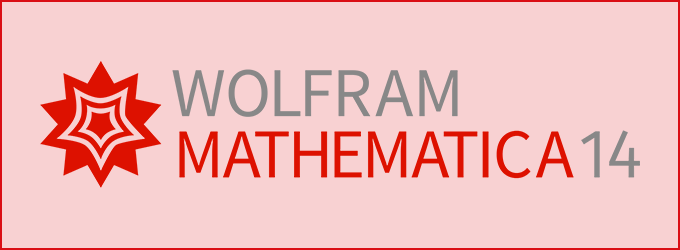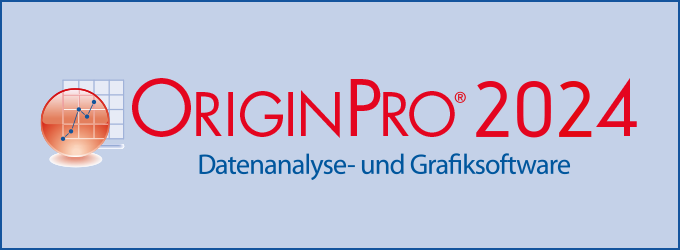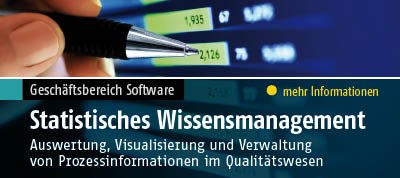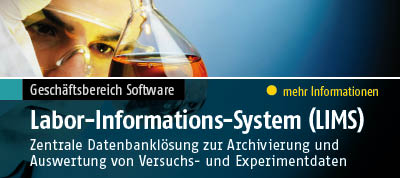The Harmonies of the Universe - Mathematica in Concert
Karsten Gundermann, Composer
In honor of the 450th birthday of Johannes Kepler (1571 - 1630), the Maulbronn Monastery Concerts [1] commissioned the oratorio "The Harmonies of the Universe", which was premiered in the Maulbronn Monastery Church on 13. 5. 2023 with Sophie Sauter (soprano), Marcus Ullmann (tenor), the choir of the Protestant Seminary and the Orchestra of the Maulbronn Monastery Concerts conducted by Sebastian Eberhardt. Johannes Kepler attended the Maulbronn monastery school from 1586 to 1589, from which the present-day Maulbronn Protestant Seminary [2] emerged. The text of the oratorio was based on Kepler's work "Harmonice mundi" from 1619.
In "Harmonice Mundi," Kepler expounds his theological and natural philosophical concepts of harmonies, particularly harmonic proportional oscillations, through which God shaped the universe, and the human capacity to comprehend God's creation through the study of mathematics [3]. Over five volumes, Kepler elaborates on the mathematical foundations of harmonic proportional oscillations (I, II), their manifestation in music (III), in the processes of nature and human society (IV), and finally in the planetary movements of the solar system (V). To make Kepler's thoughts as vivid as possible in the oratory, over 33 videos were rendered in Mathematica and projected onto a 4.5 m circular projection screen above the rood screen (Fig. 1).
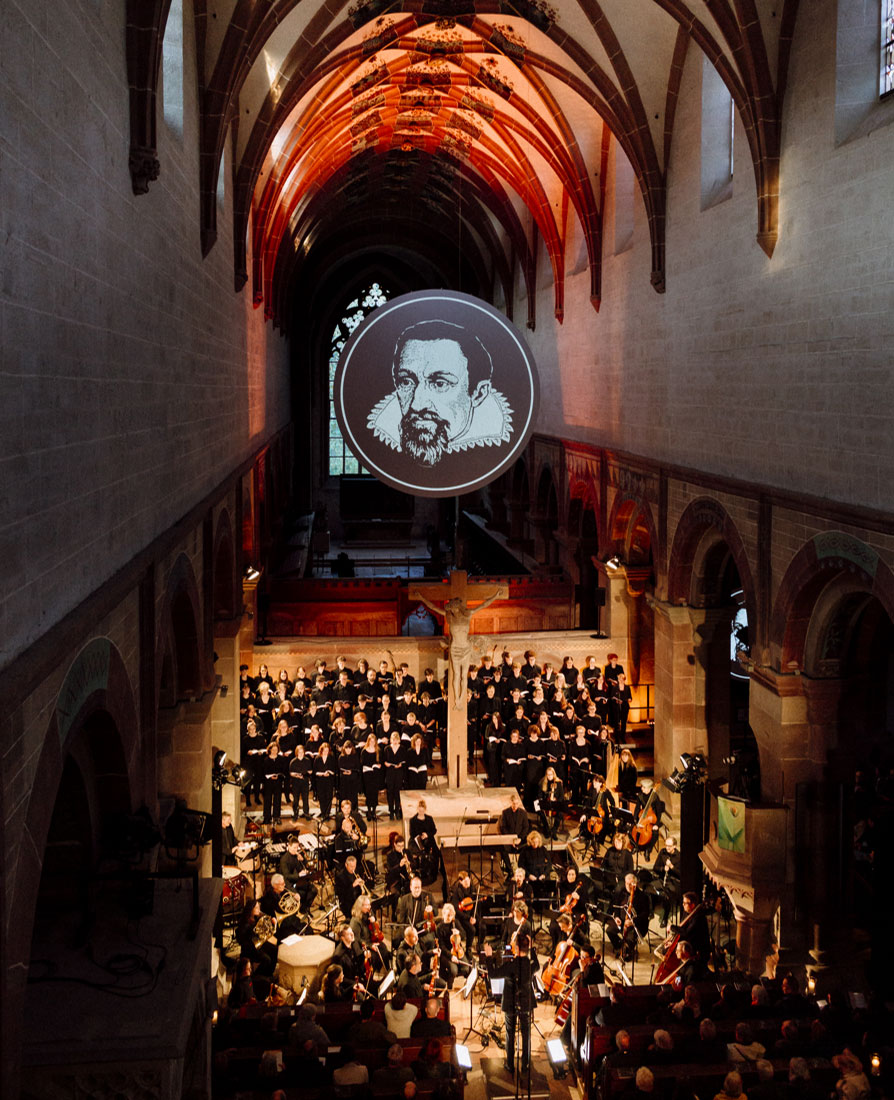
Fig. 1: Premiere of the Kepler project
For the implementation of Wolfram Mathematica in conjunction with the oratorio for the Maulbronn Monastery Concerts, the software's versatility in various domains, access to the curated data of the Wolfram Knowledgebase, and the sophisticated video export capabilities directly from the program were key factors. Since the lighting conditions of the projection were difficult to estimate in advance, highly abstracted representations in high-contrast black and white were created, which enriched the performance with a clear and shapely video aesthetic.
Kepler writes at the beginning of the third volume: "It is difficult to grasp the differences, genera, and measures of harmonic proportions conceptually without reference to musical voices and tones since we have no other terms at our disposal to represent these things, except those from music..." [4] The aforementioned proximity of mathematics and music makes it possible, in turn, to musically illustrate Kepler's mathematical ideas in the oratorio and additionally to visually illustrate them through video. While the singer on stage demonstrates Kepler's experiments on the monochord live, the video shows the string oscillations in slow motion, acoustically supported by an appropriately amplitude-modulated sine sound (Fig. 2).
Fig. 2: Resonant oscillation in slow motion
The discussion of weather and weather events is a focal point of the fourth volume of "Harmonice Mundi." Kepler interprets weather and climate as a consequence of the celestial oscillations of the Sun and Moon, while the influence of planets and fixed stars is often critically questioned. In the oratorio, weather data from Stuttgart Airport obtained from the Wolfram Knowledgebase was used for illustration. The data, organized as TimeSeries by Mathematica, were not displayed as ListLinePlot but integrated into the flow of the oratorio's music. To do this, the BarChart function was animated to display the temperature, wind speed, and humidity readings to sync the data with the beat of the music. The movement of the BarChart was mirrored acoustically \[LongDash] so the up and down of the temperature was represented by a cutoff filter movement, the wind strength by changing amplitude of a wind noise, the humidity by melody points that changed to a rainfall symbolism when 90% was exceeded (Fig. 3).
Fig. 3: Weather data as animated BarChart
The conversion of static graphics (BarChart, PieChart, etc.) into video animations made possible by Mathematica is an aesthetically pleasing form of representation that allows the temporal change of complex measurement data to be received in a new way. Thus, to illustrate Kepler's thoughts on "socio-political oscillations", animations of the German election behavior - followed a display method related to the PieChart (Fig. 4) - or an animation on the oscillation behavior of stock prices. Here, the stock prices of six randomly selected stocks from the Knowledgebase were displayed as an animated CandlestickChart over the period of one month. Since the parameter time is now expressed by the animation, the abscissa of the representation can be used for a stringing of different stocks, correlations between stock prices can be experienced (Fig. 5).
Fig. 4: Voting behavior
Fig. 5: Stock prices
The simulation of Kepler's astronomical thoughts was supported by Mathematica with unique data and functions such as HelioCoordinates, OrbitPath, or the ResourceFunction "SkyChart." Kepler also considered the planets oscillating around the Sun as a kind of inaudible music with constantly changing oscillation ratios, since the circling on elliptical orbits is faster at aphelion and slower at perihelion, and the frequencies, when transposed into the range we can hear, rise and fall again. Likely, no other software could have rendered this complex matter as a video with just a few lines of code, effectively illustrating it to the audience (Fig. 6). The oratorio ended with an impressive SkyChart animation of the starry sky over Maulbronn on the day of the premiere.
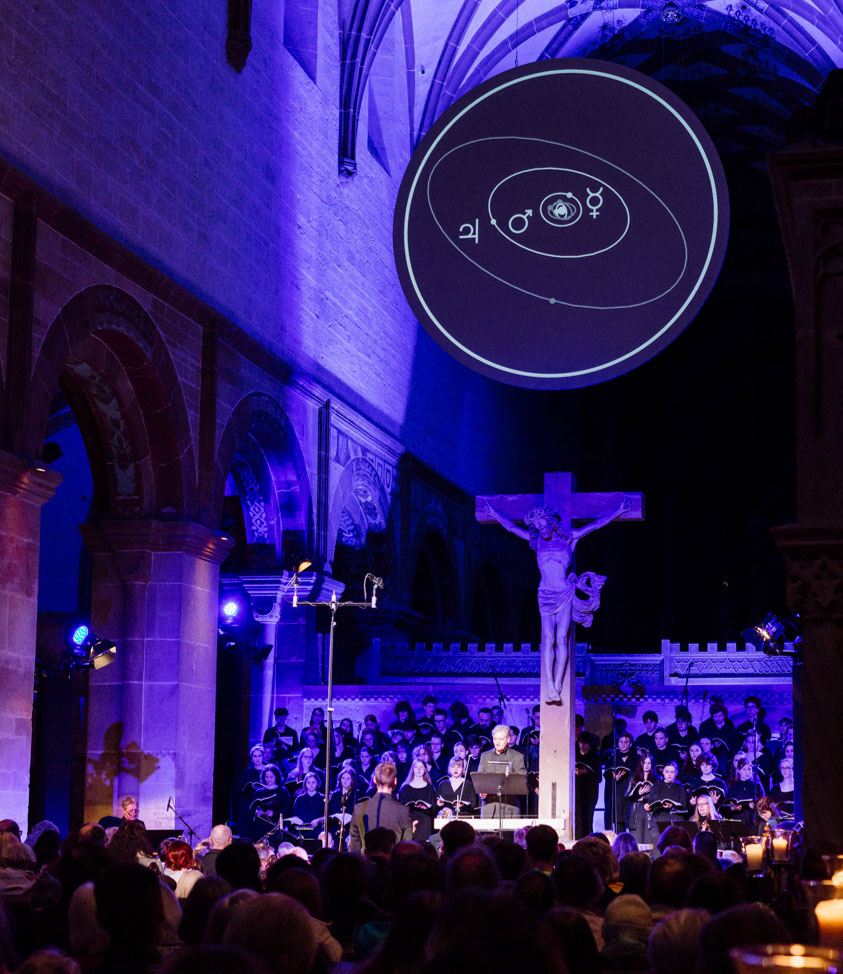
Fig. 6: Planetary movements in time-lapse
Fig. 6 Planetary movements in time-lapse
Karsten Gundermann, Composer
Hamburg, 2023
Quellen
[1] www.klosterkonzerte.de
[2] www.seminar-maulbronn.de
[3] M. Caspar, Einleitung zu "Johannes Kepler, Weltharmonik", Oldenbourg, München 2006, S. 14*
[4] Johannes Kepler, Weltharmonik, Oldenbourg, München 2006, S. 87







